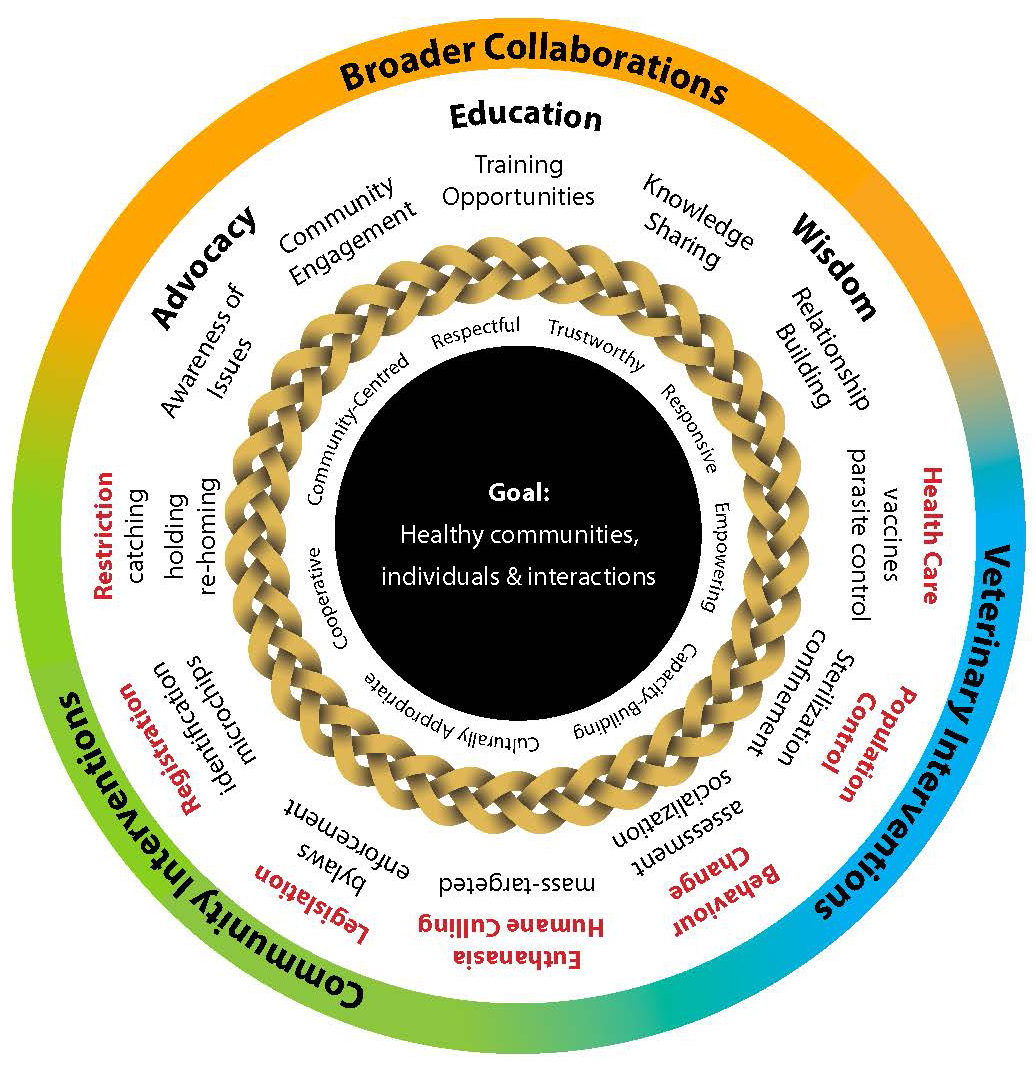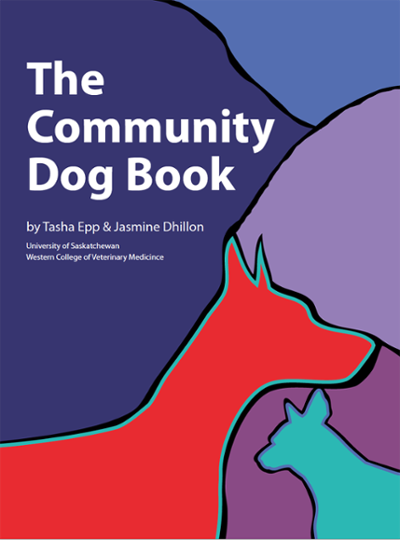Introduction
Despite a lot of research about dog bites over the past three decades, dogs still bite the humans they “live” with. There are many factors that contribute to why these dog-related incidents occur, but they are not the same for everyone, every time frame, nor every location.
There is a lot of information in scientific journals as well as on the internet, but wading through all of this is time consuming. An extensive scoping review was conducted to attempt to assess evidence for risks for dog bites, health-related impacts of dog bites and dog bite prevention or dog population management effects on occurrence of dog bites.
This website will be used as a method for disseminating the vast amount of information collected.

Workbook
Community dog workbook

A common question from communities wanting to deal with dog-related issues is “where do we start?”
This is a complex question, and the answer is not the same for everyone.
If you are having problems with dogs in your community, this workbook will give you some ideas and help you develop a plan. The advice in the Community Dog Workbook comes from years of experience and discussions with many communities struggling with dog populations or dog-related issues.
Download a copy of the Community Dog Workbook.
Research
Contact
For more information, contact:
Dr. Tasha Epp
Associate Professor, Department of Large Animal Clinical Sciences
Western College of Veterinary Medicine
University of Saskatchewan
tasha.epp@usask.ca
306-966-6542

